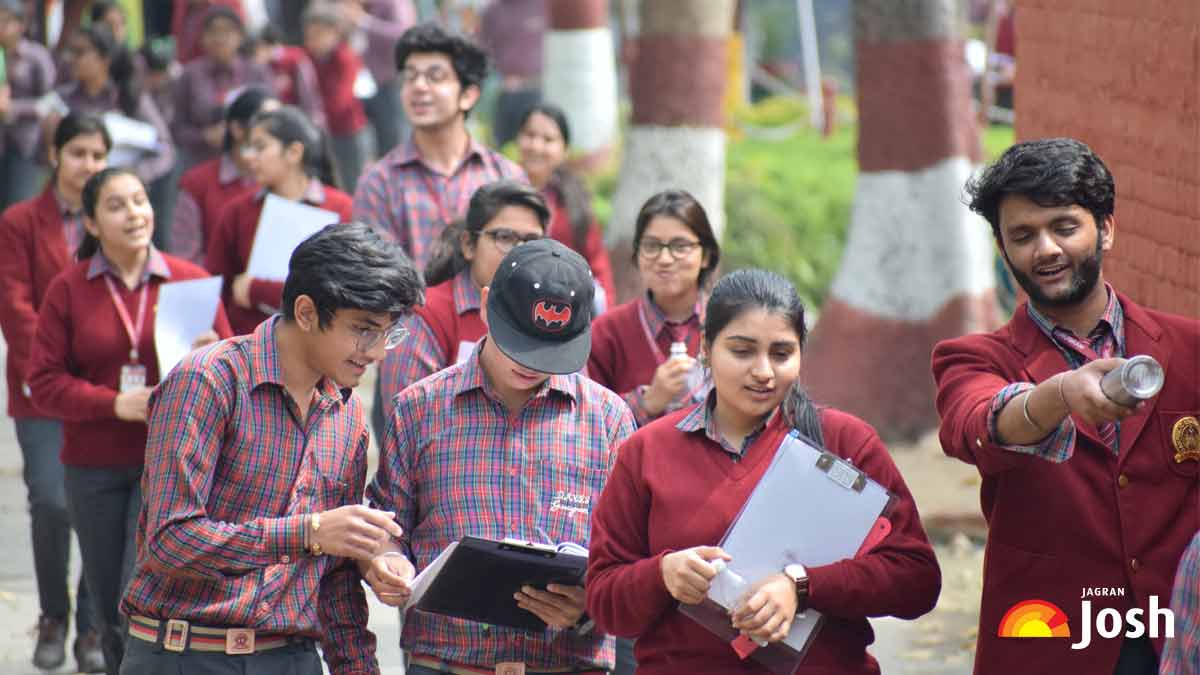


Fiscal policy means the use of taxation and public expenditure by the government for stabilization or growth of the economy. According to Culbarston, “By fiscal policy we refer to government actions affecting its receipts and expenditures which ordinarily as measured by the government’s receipts, its surplus or deficit.” The government may change undesirable variations in private consumption and investment by compensatory variations of public expenditures and taxes.
Fiscal policy also feeds into economic trends and influences monetary policy. When the government receives more than it spends, it has a surplus. If the government spends more than it receives it runs a deficit. To meet the additional expenditures, it needs to borrow from domestic or foreign sources, draw upon its foreign exchange reserves or print an equivalent amount of money. This tends to influence other economic variables.
On a broad generalization, excessive printing of money leads to inflation. If the government borrows too much from abroad it leads to a debt crisis. Excessive domestic borrowing by the government may lead to higher real interest rates and the domestic private sector being unable to access funds resulting in the “crowding out” of private investment. So it can be said that the fiscal deficit can be like a double edge sword, which need to be tackled very carefully.
Main Objectives of Fiscal Policy in India
Before moving on the discussion on objectives of India’s Fiscal Policies, firstly know that the general objective of Fiscal Policy.
General objectives of Fiscal Policy are given below:
1. To maintain and achieve full employment.
2. To stabilize the price level.
3. To stabilize the growth rate of the economy.
4. To maintain equilibrium in the Balance of Payments.
5. To promote the economic development of underdeveloped countries.
Fiscal policy of India always has two objectives, namely improving the growth performance of the economy and ensuring social justice to the people.
The fiscal policy is designed to achieve certain objectives as follows:-
1. Development by effective Mobilisation of Resources: The principal objective of fiscal policy is to ensure rapid economic growth and development. This objective of economic growth and development can be achieved by Mobilisation of Financial Resources. The central and state governments in India have used fiscal policy to mobilise resources.
The financial resources can be mobilised by:-
a. Taxation: Through effective fiscal policies, the government aims to mobilise resources by way of direct taxes as well as indirect taxes because most important source of resource mobilisation in India is taxation.
b. Public Savings: The resources can be mobilised through public savings by reducing government expenditure and increasing surpluses of public sector enterprises.
c. Private Savings: Through effective fiscal measures such as tax benefits, the government can raise resources from private sector and households. Resources can be mobilised through government borrowings by ways of treasury bills, issuance of government bonds, etc., loans from domestic and foreign parties and by deficit financing.
2. Reduction in inequalities of Income and Wealth: Fiscal policy aims at achieving equity or social justice by reducing income inequalities among different sections of the society. The direct taxes such as income tax are charged more on the rich people as compared to lower income groups. Indirect taxes are also more in the case of semi-luxury and luxury items which are mostly consumed by the upper middle class and the upper class. The government invests a significant proportion of its tax revenue in the implementation of Poverty Alleviation Programmes to improve the conditions of poor people in society.
3. Price Stability and Control of Inflation: One of the main objectives of fiscal policy is to control inflation and stabilize price. Therefore, the government always aims to control the inflation by reducing fiscal deficits, introducing tax savings schemes, productive use of financial resources, etc.
4. Employment Generation: The government is making every possible effort to increase employment in the country through effective fiscal measures. Investment in infrastructure has resulted in direct and indirect employment. Lower taxes and duties on small-scale industrial (SSI) units encourage more investment and consequently generate more employment. Various rural employment programmes have been undertaken by the Government of India to solve problems in rural areas. Similarly, self employment scheme is taken to provide employment to technically qualified persons in the urban areas.
5. Balanced Regional Development: there are various projects like building up dams on rivers, electricity, schools, roads, industrial projects etc run by the government to mitigate the regional imbalances in the country. This is done with the help of public expenditure.
6. Reducing the Deficit in the Balance of Payment: some time government gives export incentives to the exporters to boost up the export from the country. In the same way import curbing measures are also adopted to check import. Hence the combine impact of these measures is improvement in the balance of payment of the country.
7. Increases National Income: it’s the strength of the fiscal policy that is brings out the desired results in the economy. When the government want to increase the income of the country then it increases the direct and indirect taxes rates in the country. There are some other measures like: reduction in tax rate so that more peoples get motivated to deposit actual tax.
8. Development of Infrastructure: when the government of the concerned country spends money on the projects like railways, schools, dams, electricity, roads etc to increase the welfare of the citizens, it improves the infrastructure of the country. A improved infrastructure is the key to further speed up the economic growth of the country.
9. Foreign Exchange Earnings: when the central government of the country gives incentives like, exemption in custom duty, concession in excise duty while producing things in the domestic markets, it motivates the foreign investors to increase the investment in the domestic country.